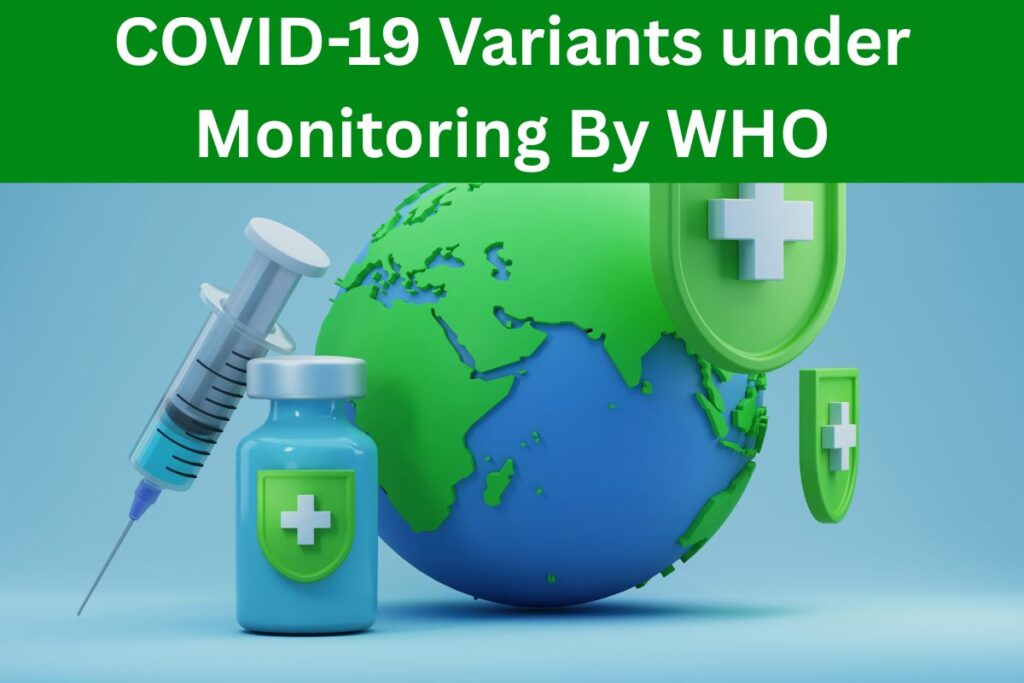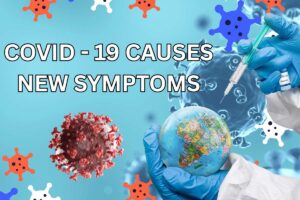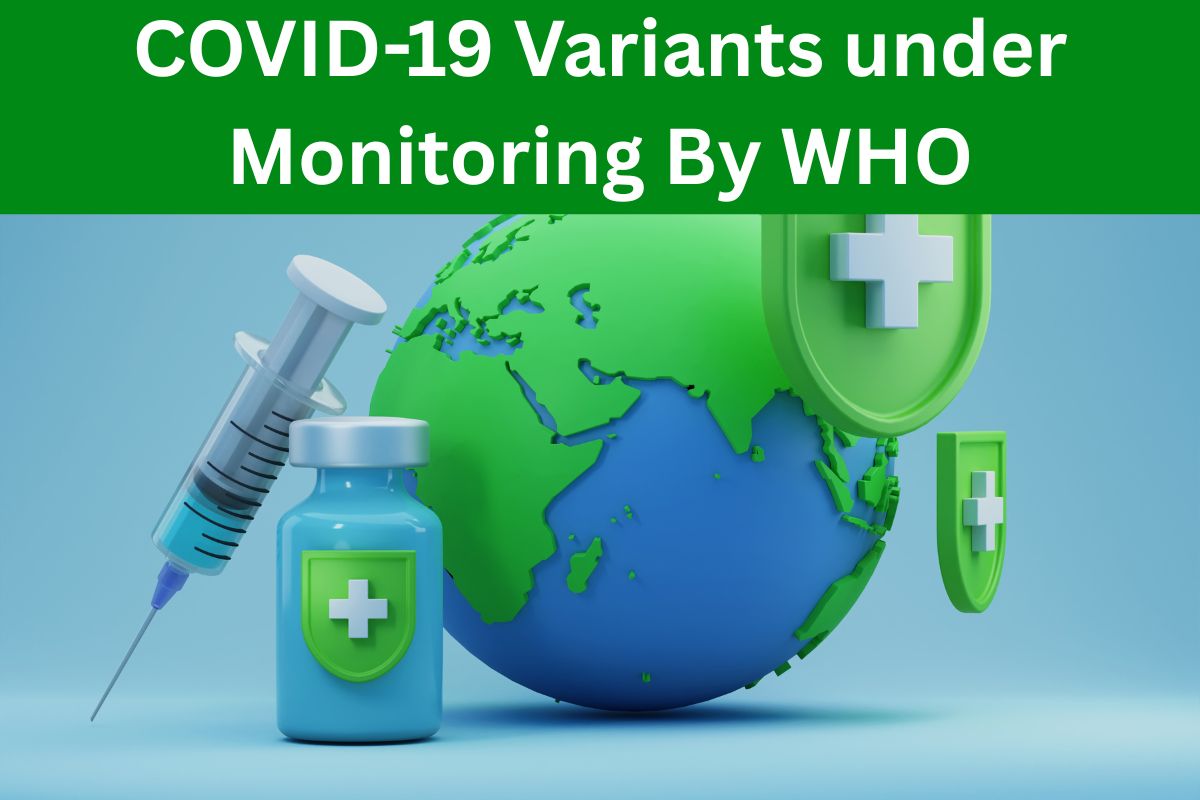Numerous variations of the original virus have surfaced after the COVID-19 pandemic outbreak.A few of these have risen to worldwide attention as a result of their higher transmissibility or effects on vaccines. As for the global health community to remain ready, the World Health Organization (WHO) is not going to stop keeping an eye on these mutations, with a classification that does allow them to be supervised. The variants are being monitored because they show that the COVID-19 virus still remains a public health concern, now in 2025.


COVID-19 Variants under Monitoring By WHO
The WHO has established a solid surveillance system for SARS-COV-2 variants based on genomic features, spreading properties, and possible threat to global health. Three major categories of variants are grouped into these three categories:-
- Variants of Concern (VOC): Demonstrated to be more transmissible, cause greater disease severity, or escape immunity.
- Variants of Interest (VOI): Changes which may impact virus characteristics but only limited evidence
- Variants Under Monitoring (VUM): Identified with mutations that potentially impact virus traits, needing monitoring and investigation.
- VUMs, in essence, are “sentinels” ; they may not currently be a major threat, but carry characteristics that merits scientific scrutiny.

Why COVID-19 Variants Continue to Emerge
Similar to other RNA viruses, SARS-CoV-2 mutates and changes while it replicates. Whenever it gets into someone, the virus replicates itself ”sometimes, it mutates. Most of these do not harm the person but some can aid in spreading of the virus or some are partial to the immune response.
Despite high levels of vaccination in many parts of the world and natural immunity from past infections, variants nevertheless find ways to survive. All of these variants arise due to shifts in population immunity, international travel, or uneven vaccine distribution.

Variants Thus Far in 2025 Under Monitoring
At the beginning of August 2025, WHO is monitoring a small number of new and emerging variants that show initial indication of concern. These were some of the prominent VUMs :
JN.2 and Its Descendants

A successor to the JN. 1 lineage, JN. 2 has caught the eye of experts as it appears more frequently in several nations, especially in South Asia and Europe. It also seems to allow the virus to replicate more quickly in the upper respiratory tract, resulting in a greater viral load in infected people. But then again, the early data at least, suggests that it is not a more virulent virus from what we have seen with other variants.
XBF.3 Variant

This recombinant strain came from the mix of two earlier lineages and it is currently being monitored in South America and some regions of Africa. Its pattern of mutations indicates possible resistance to some monoclonal antibody treatments, although this is not widespread yet. Teams monitoring its spread and immune evasion abilities are on high alert.
BA.2.86.1.7 Sublineage
A dip sublineage of BA. 2. An 86 based variant of this type has recently resurfaced in some clades in Eastern Europe. What gives it significance is that it may start building up spike protein mutations that lessen neutralization by at least some antibodies. But the variant is still rare and hasn’t been directly associated with major outbreaks.
EG.6 (Remnant of EG.5 Family)
EG.6 is a descendent of the short-lived EG.5 variant that peaked in 2023 Not long ago, but still with a dwindling presence, scattered flare-ups are being reported in some areas. The virus is still present in isolated areas and therefore still being monitored by WHO for the possibility of immune escape or treatment escape.
How WHO Monitors These Variants
There are multiple scientific pillars on which global monitoring is based:
- Genomic surveillance: Each week thousands of virus samples get sequenced and submitted into databases such as GISAID.
- Lab Studies: Scientists analyze the ability of the variants to respond to current vaccines, antibodies, and antivirals.
- Tracking Epidemiology: WHO watches trends in transmission, disease severity, hospitalization, and spread by geographical area.
Impact on Vaccines and Immunity
It also finds a continued role for vaccines in controlling COVID-19. By 2025, global replenishing campaigns have deployed reformed reinforcement dosages focused on Omicron-related lineages. Although no vaccine is perfect and does not prevent infection entirely, even against new variants the vaccine is very good at preventing hospitalization and death.
Manufacturers then test how well their VUMs can escape neutralizing antibodies, and tweak vaccine formulation as necessary. Until now, WHO has not suggested any major adjustments in the vaccine strategy in response to VUMs, but keeps an eye on breakthrough cases.
FAQs On COVID-19 Variants under Monitoring By WHO
VUMs exhibit early warning indicators, whereas VOCs have been shown to have an influence on public health.
No, they don’t yet exhibit a significant impact, but they are watched for possible danger.
PCR screening, whole genome sequencing, and laboratory testing for immunological escape.
The majority of nations use GISAID and similar platforms to provide data.
In a number of nations, it has demonstrated higher transmissibility.
This recombinant may be resistant to some treatments.
The majority of immunizations continue to protect against serious VUM sickness.
